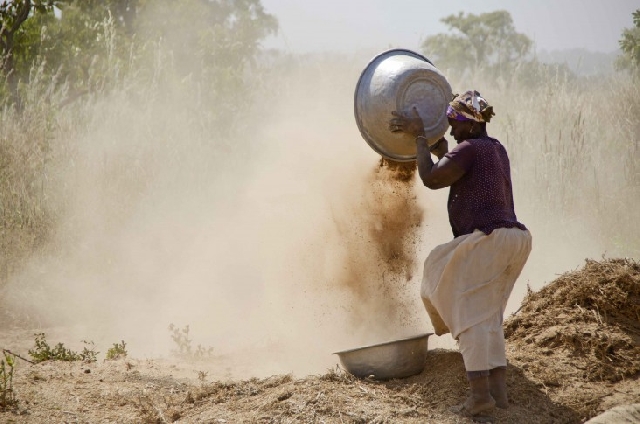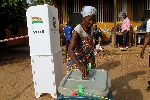Nabdam district tops Ghana’s Multidimensional poverty rates with 68.6 %
 The GSS further emphasises a notable gender disparity in its findings
The GSS further emphasises a notable gender disparity in its findings
The Nabdam District in the Upper East Region has emerged with the highest rate of multidimensional poverty among all 261 districts in Ghana, standing at a staggering 68.6 per cent.
This was disclosed by the Ghana Statistical Service (GSS) in its Multidimensional Poverty Index Scorecard.
The GSS presented this comprehensive scorecard covering all 261 Administrative Districts as part of the commemoration of the 2023 African Statistics Day on Tuesday, November 21, 2023.
The rate in Nabdam is approximately 11 times higher than that of the 6.3 per cent recorded in the Asokwa Municipality of the Ashanti Region, which is the lowest rate.
The report from the GSS further highlights disparities across districts, with 55 of them, encompassing both rural and urban settlements, exhibiting a minimum difference of 20.0 percentage points in the incidence of multidimensional poverty.
Kwahu Afram Plains North displayed the highest disparity, with a significant difference of 38 per cent.
The GSS further emphasises a notable gender disparity in its findings.
“In nine out of every ten districts, multidimensional poverty is more prevalent in female-headed households compared to those headed by males,” the report stated.
This multidimensional poverty indicator is a non-monetary deprivation measure that comprises 13 indicators in four dimensions i.e., living conditions (electricity, housing, assets, overcrowding, cooking fuel, water, and toilet facility); education (attendance, attainment, and school lag), health (insurance coverage and mortality), and employment (work for wage or profit).
The district scorecards provide statistics on the proportion of the population within the district that lives in multidimensionally poor households, experiencing multidimensional poverty), and the ranking of the district relative to other districts in the region and to all districts in the country.
The scorecard also presents information on the areas in which poor persons in the district are most deprived. The data source is the 2021 Population and Housing Census, according to the GSS.
Source: classfmonline.com/Elikem Adiku
Trending News

President Mahama hosts farewell meeting for outgoing Palestinian Ambassador
12:10
Unemployed Environmental Health officers to demonstrate today Dec.15 over years of joblessness
07:10
GTA Deputy CEO praises Hajia Zuwera Ibrahimah as a trailblazer in Ghana’s Parliament
11:52
Frequent election reruns undermining confidence — Election Watch Ghana
11:54
Interior Minister attends ECOWAS Security Council session in Abuja
12:38
NPA supports Vakpo SHS with new staff bungalow under CSR initiative
11:59
Cyber Security Authority, National Security arrests 32 Nigerians in Kasoa romance scam
11:54
Regional consensus: ECOWAS endorses Mahama for Africa’s top political post
08:31
OSP has become another agency for corruption — Kwaku Ansah-Asare
10:36
Bawumia slams EC for ‘Rushing’ Kpandai rerun amid pending court cases
11:31




